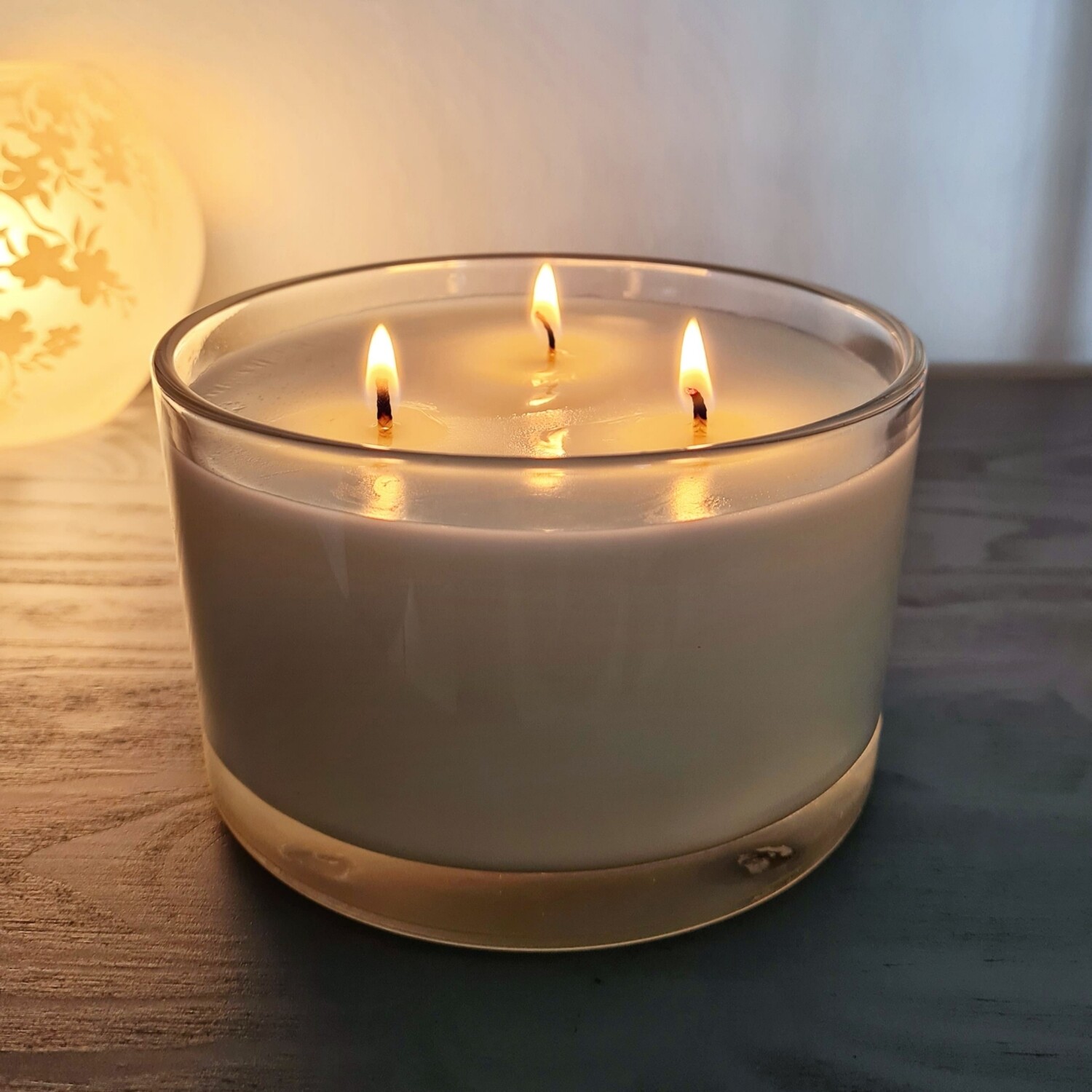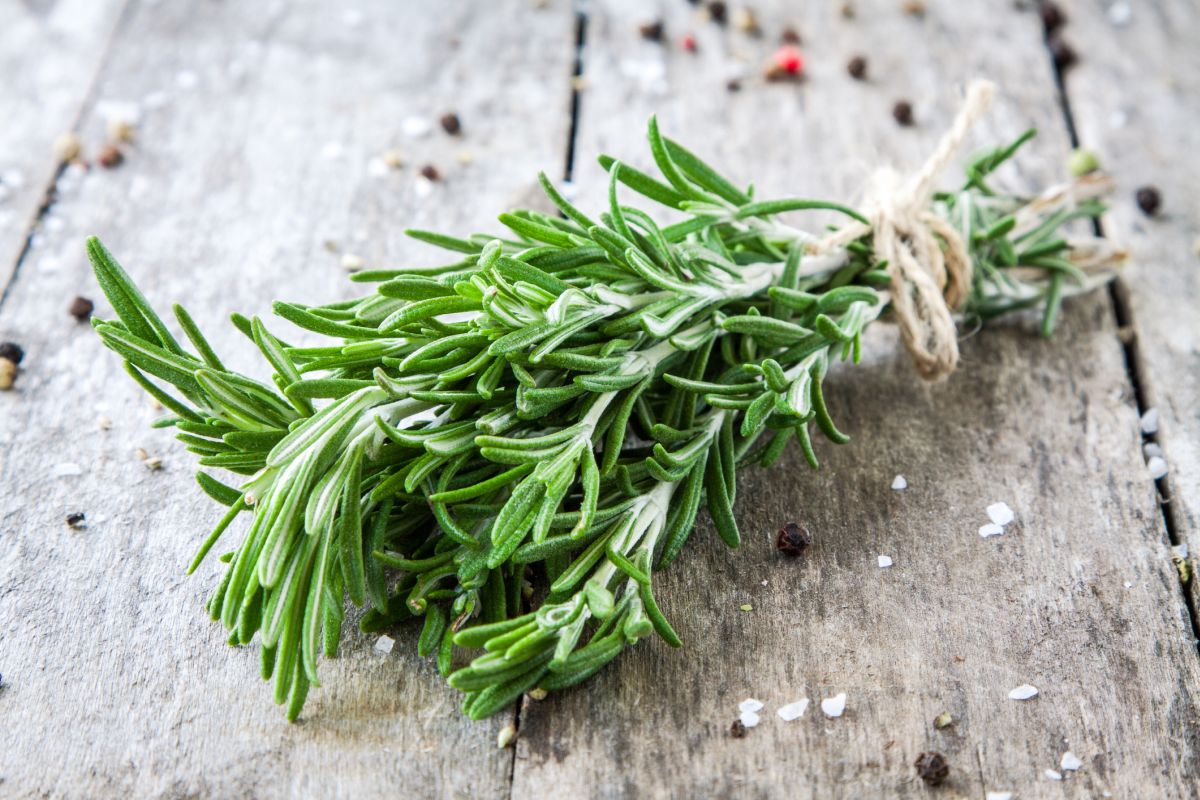

Furniture
What Can I Use As A Wick For An Oil Lamp
Modified: December 7, 2023
Discover the best alternative wicks for your oil lamp, including various furniture materials. Explore how to create a sustainable and effective wick for a beautifully lit space.
(Many of the links in this article redirect to a specific reviewed product. Your purchase of these products through affiliate links helps to generate commission for Storables.com, at no extra cost. Learn more)
Introduction
Welcome to the world of oil lamps, where the warm, flickering glow adds a touch of coziness and nostalgia to any space. Whether you’re decorating your home, preparing for a power outage, or simply enjoy the ambient lighting provided by oil lamps, one essential component you’ll need is a wick.
A wick is the fuel delivery system for an oil lamp, absorbing the oil and carrying it up to the flame, allowing it to burn steadily and provide light. While you can purchase pre-made wicks from stores, there are also several alternatives you can use as a wick for an oil lamp, providing you with creativity and flexibility in your choice.
In this article, we will explore different types of wick materials, including natural fiber wicks, synthetic fiber wicks, and do-it-yourself (DIY) wick options. By the end, you’ll have a better understanding of the available choices and be able to choose the right wick for your oil lamp based on your needs and preferences.
Note: Before experimenting with alternative wick materials, always prioritize safety. Ensure that your oil lamp is stable and that the wick material you choose is suitable for the fuel you are using. Always follow the manufacturer’s instructions and exercise caution when using any type of open flame.
Key Takeaways:
- Choose the right wick material for your oil lamp based on factors like burn time, fuel type, and personal preferences. Natural fiber, synthetic fiber, and DIY wick options offer unique benefits and considerations.
- Prioritize safety when experimenting with alternative wick materials or DIY options for your oil lamp. Always follow manufacturer’s instructions and exercise caution when using any type of open flame.
Read more: How Long Should An Oil Lamp Wick Be
Choosing the Right Wick Material
When it comes to selecting the right wick material for your oil lamp, there are several options available. The choice you make will depend on factors such as the type of oil you plan to burn, the burn time you desire, and personal preferences. Let’s explore three common categories of wick materials: natural fiber wicks, synthetic fiber wicks, and DIY wick options.
Natural Fiber Wicks
Natural fiber wicks are popular choices for oil lamps due to their ability to absorb and transport fuel effectively. Here are a few types of natural fiber wicks commonly used:
- Cotton Wicks: Cotton wicks are versatile and widely available. They are known for their high absorbency and clean burning properties. Cotton wicks work well with most types of lamp oil, making them a reliable choice.
- Hemp Wicks: Hemp wicks are another natural fiber option. They have excellent burning properties and can provide a consistent flame. Hemp wicks are popular among those who prefer a more eco-friendly alternative.
- Flax Wicks: Flax wicks, made from the fibers of the flax plant, are known for their durability and long burn time. These wicks are ideal for lamps that require a longer burn duration before needing to be refueled.
Synthetic Fiber Wicks
Synthetic fiber wicks offer some advantages over natural fiber wicks. They are often more durable and can withstand higher temperatures. Here are a couple of synthetic fiber wick options commonly used:
- Fiberglass Wicks: Fiberglass wicks are heat-resistant and have excellent fuel absorption properties. They are known for their long lifespan and can be used with various types of oil. Fiberglass wicks work well in oil lamps that require high heat or for those who prefer a longer-lasting wick.
- Ceramic Fiber Wicks: Ceramic fiber wicks are designed to be long-lasting and efficient in fuel absorption. They are known for providing clean and consistent flames. Ceramic fiber wicks are great for use with oil lamps that require a higher burning temperature.
DIY Wick Options
If you’re feeling adventurous or in a pinch, you can create your own wick using readily available household materials. Here are a few DIY wick options:
- String Wicks: A simple cotton or hemp string can be used as a makeshift wick. Be sure to choose a string that is natural and free from synthetic materials or treatments.
- Paper Wicks: In emergencies, you can use a folded or rolled piece of plain paper as a temporary wick. However, paper wicks may burn quickly and require more frequent replacement.
- Fabric Wicks: Pieces of natural fabric, such as cotton or linen, can be cut into strips and used as wicks. Make sure they are clean and free from any chemical coatings.
When using a DIY wick, it’s important to monitor the burning process closely to ensure safety and proper functionality.
Now that you have a better understanding of the different wick materials available, you can make an informed choice based on your needs and the specific requirements of your oil lamp.
Read more: How To Use Air Wick Oil Diffuser
Natural Fiber Wicks
Natural fiber wicks are a popular choice for oil lamps due to their ability to efficiently absorb and transport fuel. They offer a clean and reliable burning experience. Here are three common types of natural fiber wicks:
Cotton Wicks
Cotton wicks are widely available and known for their versatility and excellent absorbency. They have been used for centuries in oil lamps due to their ability to provide a steady flame. Cotton wicks work well with most types of lamp oil, making them a reliable choice for those seeking a simple and readily available option. They are also known for producing minimal soot and smoke, making them a cleaner option compared to some other wick materials.
Hemp Wicks
Hemp wicks are gaining popularity as an eco-friendly alternative to cotton wicks. They are made from the fibers of the hemp plant and offer excellent burning properties. Hemp wicks have a slower burn rate than cotton wicks, which means they can provide a longer-lasting flame without as much frequent trimming or maintenance. They are also known for their ability to deliver a clean and consistent burn, making them a reliable choice for oil lamps.
Flax Wicks
Flax wicks, made from the fibers of the flax plant, are known for their durability and long burn time. They have been used in lamps for centuries and are still a popular choice today. Flax wicks have the advantage of burning slower than some other wick materials, providing a longer-lasting flame before needing to be refueled. This makes them suitable for oil lamps that require a longer burn duration, such as those used for extended periods of time or during power outages. Flax wicks offer a consistent burn and can withstand high heat, making them a reliable and efficient choice for oil lamps.
When using natural fiber wicks, it’s important to remember to trim them regularly to prevent excessive flame height and maintain optimal burning conditions. This will help ensure a steady and controlled flame, prolonging the life of the wick and enhancing the overall performance of your oil lamp.
Choosing the right natural fiber wick will depend on your personal preferences, the type of oil you plan to burn, and the burn time you desire. Consider experimenting with different natural fiber wick options to find the one that best suits your needs and provides a delightful and long-lasting illumination from your oil lamp.
Read more: How To Use An Oil Diffuser Lamp
Synthetic Fiber Wicks
Synthetic fiber wicks are another option to consider for your oil lamp. They offer some advantages over natural fiber wicks, such as increased durability and heat resistance. Here are two common types of synthetic fiber wicks:
Fiberglass Wicks
Fiberglass wicks are known for their longevity and excellent fuel absorption properties. They are made from fine, woven strands of glass that are resistant to heat and flames. Fiberglass wicks have the advantage of being able to withstand higher temperatures compared to natural fiber wicks. This makes them a suitable choice for oil lamps that require intense heat or for those who prefer a longer-lasting wick. Fiberglass wicks are highly durable and can provide a consistent flame without the need for frequent trimming or replacements.
Ceramic Fiber Wicks
Ceramic fiber wicks are designed to be long-lasting and efficient in fuel absorption. They are made from a heat-resistant ceramic material that can withstand high temperatures. Ceramic fiber wicks have the advantage of providing a clean and consistent burn, producing minimal soot and smoke. They are often used in oil lamps that require a higher burning temperature. Ceramic fiber wicks are durable and can offer an extended burn time, making them suitable for oil lamps that need to burn for longer periods without having to refill the fuel.
Both fiberglass and ceramic fiber wicks are reliable options for oil lamps, providing consistent and controlled burning. They are resistant to heat and can withstand the demands of various lamp oils. By choosing a synthetic fiber wick, you can enjoy a longer-lasting flame that requires less maintenance and replacement, ensuring a steady source of illumination from your oil lamp.
When using synthetic fiber wicks, it’s important to follow the manufacturer’s instructions and recommendations for your specific oil lamp. Different wick materials may have different requirements, and proper installation and maintenance are crucial for optimal performance and safety.
Consider experimenting with fiberglass and ceramic fiber wicks to find the material that best suits your needs and enhances your oil lamp experience. Whether you prefer the durability of fiberglass or the heat resistance of ceramic fiber, synthetic fiber wicks provide a reliable and efficient option for illuminating your space with a warm and inviting glow.
DIY Wick Options
If you find yourself in need of a wick for your oil lamp and don’t have access to pre-made wicks, don’t worry! There are several do-it-yourself (DIY) options using common household materials. Here are three DIY wick options you can try:
Read more: What Kind Of Oil Does A Rain Lamp Use
String Wicks
A simple and readily available DIY wick option is to use a piece of string. Look for a natural, untreated string made of materials like cotton or hemp. Cut the string to the desired length, making sure it is long enough to reach the oil in the reservoir and reach the desired flame height. Immerse the string in the oil, allowing it to absorb the fuel. Place the wet string in the wick holder or in the designated wick area of your oil lamp. Light the top of the string, and it will provide a flame for your lamp. String wicks can burn steadily and offer a cost-effective solution when you’re in a pinch.
Paper Wicks
In emergency situations, paper can be used as a temporary wick. Take a piece of plain, untreated paper and fold or roll it into a thin strip. Make sure the paper strip is long enough to reach the fuel source and have a portion exposed to light. Insert the paper strip into the wick holder or designated area of the oil lamp, ensuring it is in contact with the oil. Light the exposed end of the paper, and it will act as a makeshift wick. However, keep in mind that paper wicks may burn quickly and require more frequent replacement compared to other options.
Fabric Wicks
If you have access to clean, natural fabric scraps like cotton or linen, they can also be repurposed as wicks for your oil lamp. Cut a strip of fabric to the desired length and width, making sure it is long enough to reach the fuel and maintain the desired flame height. Immerse the fabric strip in the oil, allowing it to absorb the fuel. Place the saturated fabric strip in the wick holder or designated area of your oil lamp and light it. Fabric wicks can offer a steady burn and are a great solution when traditional wicks aren’t available.
When using DIY wick options, it’s important to exercise caution and monitor the burning process closely. Ensure that the wick is securely positioned and that the flame remains under control. Always follow safety guidelines and recommendations provided by the manufacturer for your specific oil lamp to ensure a safe and enjoyable experience.
Remember, these DIY wick options are temporary solutions and may not offer the same performance and longevity as pre-made wicks. It’s always a good idea to have some backup wicks on hand, but in a pinch, these DIY options can come to the rescue and keep your oil lamp glowing.
Conclusion
Choosing the right wick material is essential for the optimal performance of your oil lamp. Whether you opt for natural fiber wicks, synthetic fiber wicks, or try out a DIY wick option, each choice has its own unique benefits and considerations.
Natural fiber wicks, such as cotton, hemp, and flax wicks, offer reliable and clean burning experiences. They are widely available and can work well with various types of lamp oil. Natural fiber wicks are a popular choice for their versatility and ability to absorb and transport fuel efficiently.
Synthetic fiber wicks, like fiberglass and ceramic fiber wicks, provide increased durability and heat resistance. They can withstand higher temperatures and offer a longer-lasting burn. Synthetic fiber wicks are ideal for those who desire a more long-lasting and low-maintenance option for their oil lamps.
If you find yourself without pre-made wicks, DIY wick options can come to your rescue. String wicks made from natural materials like cotton or hemp, paper wicks, or fabric wicks repurposed from clean, natural fabrics can provide temporary solutions. DIY wicks are great in emergencies or when traditional wicks are not readily available.
Remember, safety should always be a priority when dealing with open flames. Ensure your oil lamp is stable, follow manufacturer’s instructions, and exercise caution when experimenting with different wick materials or DIY options.
By exploring the various wick materials and considering your specific needs and preferences, you can choose the right wick for your oil lamp. Whether you’re creating a cozy ambiance in your home, preparing for power outages, or simply enjoying the warm glow of an oil lamp, selecting the appropriate wick material will enhance your overall experience.
So, go ahead and light up your oil lamp with confidence, knowing that you have selected the perfect wick to illuminate your space and create an inviting atmosphere.
Frequently Asked Questions about What Can I Use As A Wick For An Oil Lamp
Was this page helpful?
At Storables.com, we guarantee accurate and reliable information. Our content, validated by Expert Board Contributors, is crafted following stringent Editorial Policies. We're committed to providing you with well-researched, expert-backed insights for all your informational needs.












